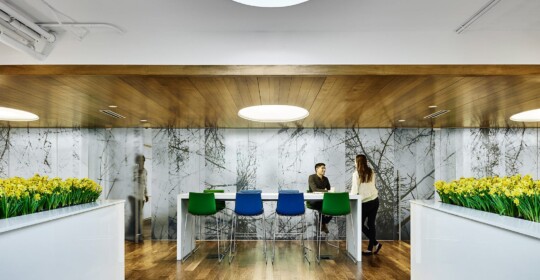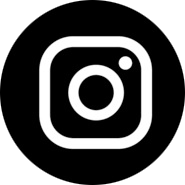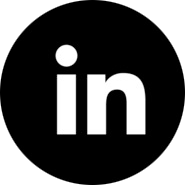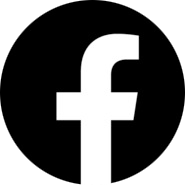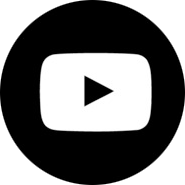
LAX - United Terminal
Project Challenge — Chicago-based Krueck + Sexton Architects embraced the challenge of efficiently moving millions of people through a high-performance space that requires more security than ever in their recent redesign of United Airlines Terminals 7 and 8 at the Los Angeles International Airport (LAX). The existing infrastructure at LAX — the nation’s second busiest airport — was a patchwork of buildings not equipped to handle the rising number of passengers and bags that modern aviation requires. “Our project is quite vast,” says Juan M. Villafañe, AIA, LEED AP BD+C, a lead architect on the project. “The original airport was an agglomeration of elliptical buildings built in the 1950s and 1960s. A series of renovations and additions created a fragmented and congested experience.” Keep scrolling to continue reading.
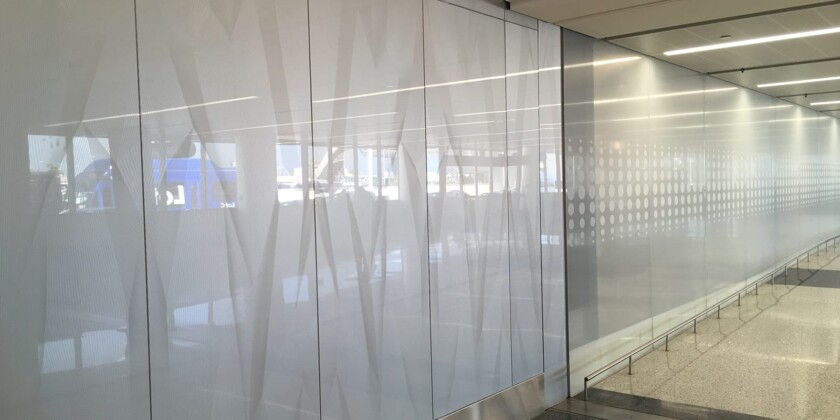
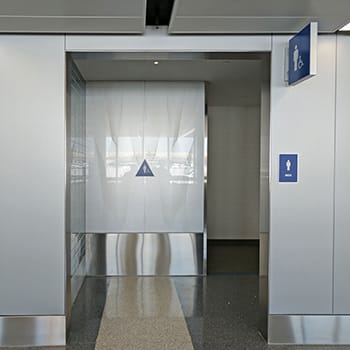
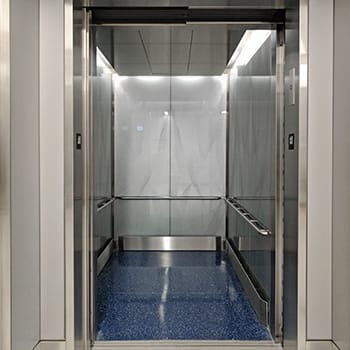
Our Solution — Krueck + Sexton turned to Skyline Design to help improve passenger circulation, make the navigation process more straightforward, and to eliminate the feeling of being in a funnel while enhancing the overall visitor experience. Glass was incorporated into the new 300,000 square foot design to establish a clear and intuitive direct line of sight from the airport entrance through the security checkpoint and into the terminal’s gates. Krueck + Sexton utilized Skyline Design’s capabilities to produce custom patterns and a color palette on the glass throughout the facility’s interconnecting hub. A subtle yet dynamic pattern inspired by concepts of wind and airflow was etched onto glass panels with Skyline Design’s proprietary processes to suggest and encourage movement. The Vitracolor back-painted glass creates a more cohesive, spacious design unified by light. Glass and the Eco-etch and Vitracolor techniques employed in the project are particularly suited to the airport application as pattern and color produce appropriate and desired levels of transparency for intuitive wayfinding, balanced with the privacy necessary for security. “Originally in the building circulation was circuitous. After you went through security you were disconnected from where you came. The real project benefit was that we made the route go straight in. Now people can wave to family members or see where they are headed. It’s really about this moment of movement that the glass captures and enables,” says Villafañe. The project also demanded that the LAX terminals remain open and operational at the same time construction was underway. In order to satisfy these needs and to also faithfully realize the client’s vision, Skyline Design closely coordinated with Krueck + Sexton to complete the job in sections over the course of ten phases. “Through control samples and color matching capabilities, everything came out consistent and the client was satisfied,” says Mark Toth, Sales Director at Skyline Design who led the collaboration with the architects.
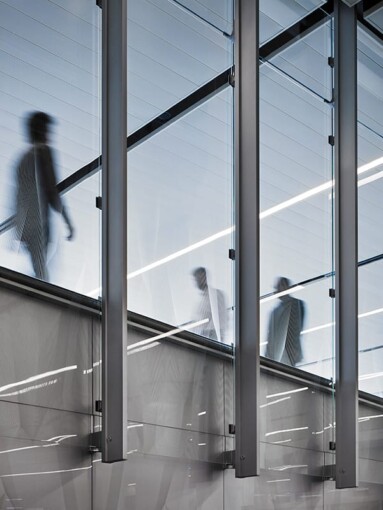
Result — The new United Airlines terminals at LAX are designed to surpass the current standards of excellence for modern aviation. Created with traveler connectivity in mind, Krueck + Sexton worked with Skyline Design to achieve circulation improvements, cohesion in the design, and to revitalize visitor experience. The expansion helped ease overcrowding and simplified traffic flow. “Glass was exceptional for a few reasons. In terms of the airport environment, it has immense durability. In terms of people beating it up with luggage walking by you really can’t damage glass when it’s properly installed. Glass is a benefit in that type of application,” notes Villafañe, adding that “Beyond durability, which is so important, the backpainted glass really transforms throughout the day. Your experience of the material changes depending on your angle of approach, your reading of the depth of material, this play of light, shadow, and surface that is quite magical. Glass does that in a way that other materials cannot.” Employing a holistic, functional design aided using glass — a durable, flexible, and effective material — Krueck + Sexton were able to transform the existing real estate into a reinvigorated space. The resulting design is a thoroughly modernized airport reimagined around a smart experience that helps guide travelers. Providing such experience-focused, responsible design makes moving through the airport both simpler and swifter.
Stay in the Glass Loop
Get the latest Skyline news and product info delivered to your inbox.
